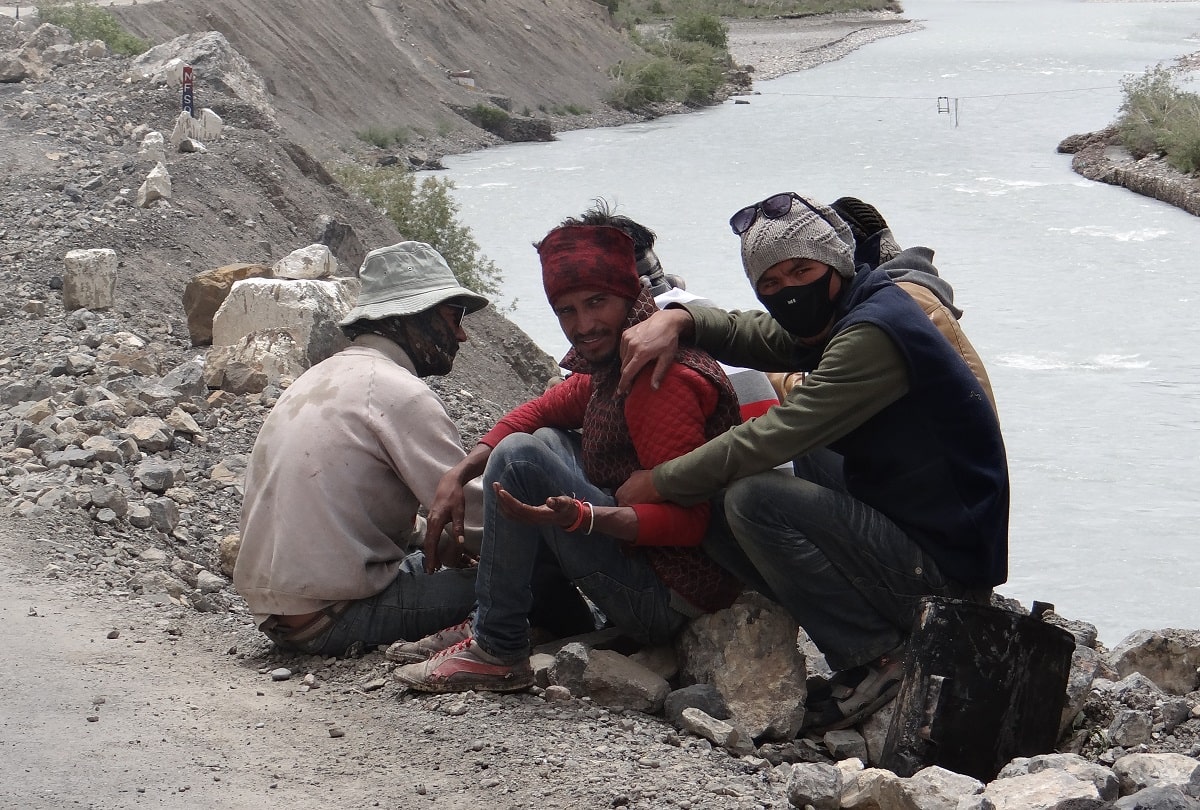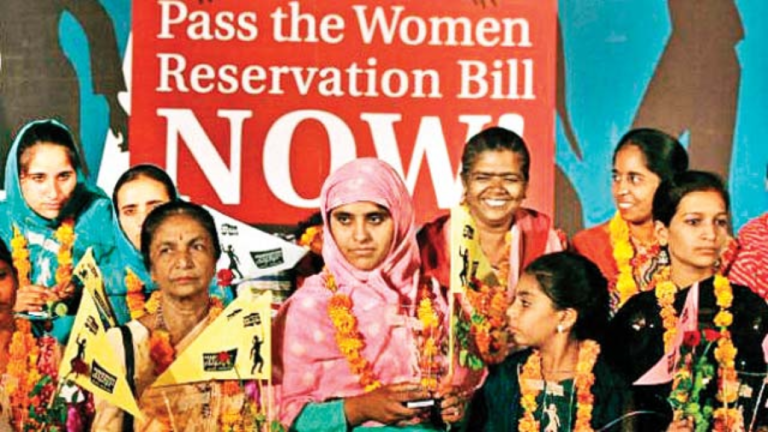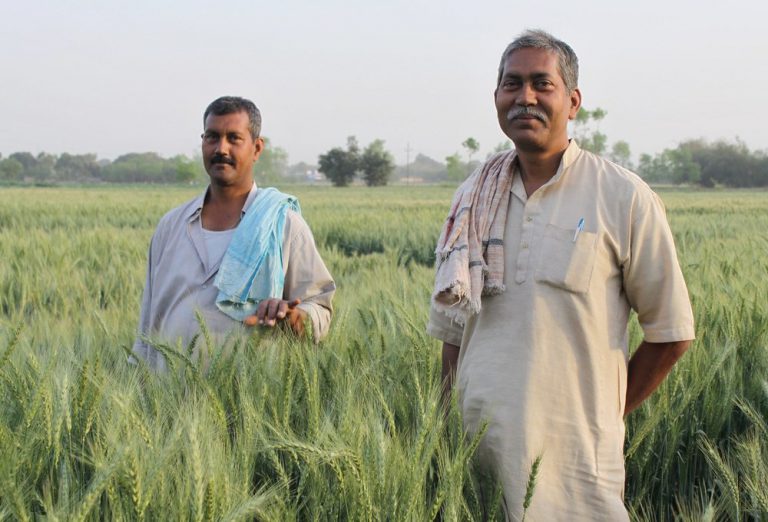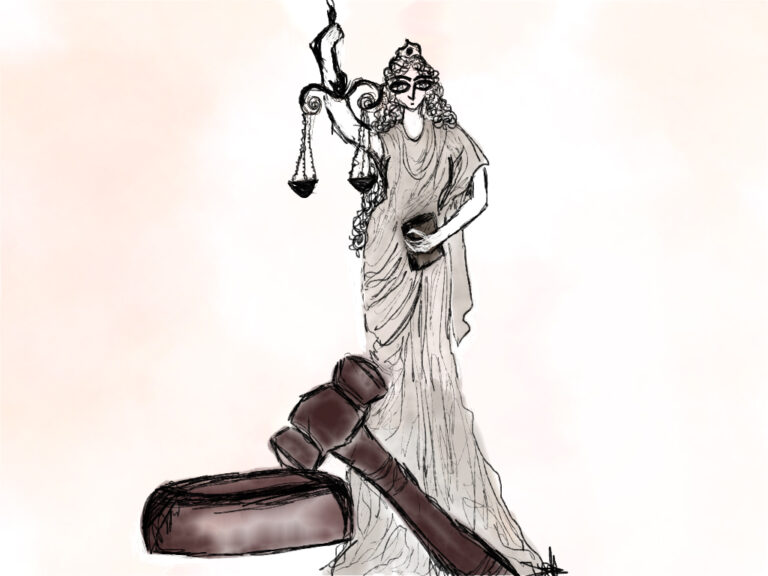CAA: All faces of the Act that unsettled Indian politics
The winter session of the Parliament ended on a historical note after passing the Citizenship Amendment Bill (CAB), 2019. A lot has been discussed and written on it, with different stakeholders presenting their view of the Act.
One view has been concerning the violation of Article 14 of the Constitution by the provisions of the Act. This has been the main trigger behind the widespread protests, with several universities and celebrities joining it. These protests, both violent and peaceful, have been further fuelled by the echo chamber effect via social media, with hashtags like #notocab. In some places, protests have turned violent, resulting in the destruction of public property. The anticipation of further violent demonstrations has prompted the relevant authorities to shut down the internet in some parts of the country, including parts of Delhi.
The other view is more specifically of the northeastern states, which fear that their indigenous identity will be under threat if the Act is implemented.
In this context, it becomes essential to understand about CAA 2019. What is the intention behind the bill? What are the concerns and criticisms, and their validity? Does it violate Article 14 of the Constitution? And what could be the possible challenges at the domestic and diplomatic front?
What is the Citizenship (Amendment) Act (CAA), 2019?
According to the Act, persecuted minorities of the Hindu, Christian, Sikh, Buddhist, and Parsi communities who came from Pakistan, Afghanistan, and Bangladesh before 2015 will not be treated as ‘illegal immigrants.’ It relaxes the provisions for “Citizenship by naturalisation” mentioned in the Citizenship act, 1955. The law reduces the duration of residency from the existing 11 years to just five years for people belonging to these religions and three countries. Thus, the Act makes it easier for the non-Muslim religious immigrants from India’s three Muslim-majority neighbors — Pakistan, Bangladesh, and Afghanistan — to become citizens of India.
Further, the Act does not apply to tribal areas of Tripura, Mizoram, Assam, and Meghalaya as per their inclusion in the sixth schedule of the Constitution. Also, domains that fall under the Inner Limit notified under the Bengal Eastern Frontier Regulation, 1873, will be outside the Act’s purview. This keeps almost entire Arunachal Pradesh, Mizoram, and Nagaland out of the ambit of the Act. This is done to ensure that the indigenous population of tribal regions is not affected, which can occur if migrants are granted citizenship.
The intent behind the Act
The Act highlights that the partition between India and Pakistan in 1947 was on religious lines. Still, millions of citizens of undivided India belonging to various faiths were staying in Pakistan and Bangladesh (erstwhile East Pakistan) from 1947. The constitutions of Pakistan, Afghanistan, and Bangladesh provide for a specific state religion. As a result, many minority communities belonging to Hindu, Sikh, Buddhist, Jain, Parsi, and Christian faiths have faced persecution on the grounds of religion in these countries.
The statement of objects and reasons that some of them also have fears about persecution where the right to practice, profess, and propagate their religion has been obstructed and restricted. Many such persons have fled to India to seek shelter and continued to stay even if their travel documents have expired or they have incomplete or no documents.
Thus, these persecuted religious minorities are stranded and have nowhere to go, living a life of indignity. Under Nehru-Liaquat pact of 1950, it was agreed that both India and Pakistan would protect its minorities. Unfortunately, Pakistan violated this pact, as is evident from the persecution of religious minorities there. Whereas in Bangladesh (erstwhile East Pakistan), in 1951, non-Muslims comprised 23.2 percent of its population, and their share in 2011 fell to 9.6 percent. This drastic change in demography can be attributed to three logical reasons. One that the Non-muslims ran from Bangladesh to other countries, including India. Second, they were converted to Islam. Third, they were killed.
Hence, by providing citizenship to the persecuted religious minorities in these countries, we are fulfilling our civilizational as well as a constitutional obligation. The civilizational obligation, in a sense, these countries have been historically and geographically linked or part of undivided India with very close ties. The constitutional obligation is justified by referring to the constitutional assembly debates, where the assembly gave power to the Parliament under Article 11, to make laws on matters of citizenship. And the time is ripe because many persecuted religious minorities have been rendered stateless from these three countries.
Various concerns associated with CAA
There have been various concerns vis-a-vis this Act; one key concern has been the violation of Article 14 of the Constitution. Article 14 provides for equality before the law or equal protection of the laws within the territory of India. It is available for both citizens and foreigners. Those who oppose the Act, invoke the ideas of secular credentials and equality enshrined in the Constitution.
Other criticism is, why only Pakistan, Bangladesh and Afghanistan are chosen. The Statement of Objects and Reasons in the Bill (SoR) states that India has had historical migration of people with Afghanistan, Pakistan, and Bangladesh, and these countries have a state religion, which has resulted in religious persecution of minority groups. While the SoR reasons that millions of citizens of undivided India were living in Pakistan and Bangladesh, no reason has been provided to explain the inclusion of Afghanistan.
Further, leaving out Hindu Tamils in Buddhist majority Srilanka, and Rohingya Muslims from Myanmar from the ambit of the Act has been contentious because both these minority communities have faced persecution in their respective countries. For instance, in Sri Lanka, out of 1.9 lakh lives lost during the 26 years of the Tamil-Sinhala conflict, 1.6 lakh were Hindu Tamils. Thus excluding them have raised several questions. But the reason for not including Rohingya Muslims could be more related to national security concerns. And any country has a reasonable right to make national security on priority.
Others have pointed out that Ahmadiyyas, Shias, and Sufis of Pakistan are also persecuted minorities, but they have been excluded. The counter-argument is that these are the sects of Islam and not separate religion as such, even if Pakistan doesn’t consider them Muslim enough. Thus they are victims of sectarian persecution and not religious persecution, which the Act seeks to cover.
Another significant and genuine concern has been of the Northeastern states. Among these, Assam is most concerned about the demographic changes that could happen. They fear the illegal migrants who were excluded by the National Register of Citizens (NRC), will now be provided backdoor entry by CAA, endangering their cultural identity and resources.
It is a fact that the northeast bore the brunt of illegal migration from Bangladesh. Due to this, there has been stress on their resources like availability of land, jobs, etc. It also threatens their indigenous identity and culture. Though the government has excluded major tribal areas of Northeast in the Act, several areas face the burden of immigration from Bangladesh. Perhaps the government should consider dispersing immigrants all over India so that their responsibility is shared equally.
The people of Assam also argue that the Assam Accord of 1985, which fixed 24th March 1971, as the cut-off date for deportation of all illegal immigrants irrespective of religion, is violated by this Act.
Another concern is that if NRC is under-taken all over India, there will be some non-muslims and some Muslims who might not be able to prove their citizenship due to a lack of required documents. The rumor has spread that while non-muslims will be saved by CAA, whereas Muslims will be stranded as they are not covered under CAA. But the truth is that only non-muslims from these three countries will be saved and not all non-muslims. Thus, it should be clearly understood that provisions of CAA is only with respect to three mentioned countries. However, the unaddressed question is how do we even know the nationality of those who are excluded from NRC, so as to presume anything about them at all?
So, in this case, other provisions for citizenship like Article 5-11 of the Constitution, Citizenship act 1955, Foreigners act,1946, etc. will be considered to determine citizenship. Hence a Hindu will not have any undue advantage over a Muslim because laws are the same for both. This shows that CAA is not broad enough and is very specific, and limited, in its ability to address issues it impacts. And it needs to be more clear to bust any fears of citizenship.
In a nutshell, the existing citizens of the country, whether Muslim or non-muslim, will not be affected in any way by CAA, as has been iterated by Prime Minister himself. Take, for example, even if someone doesn’t have any document to prove his/her citizenship, then, in this case, the authorities could resort to methods like allowing the person to bring a witness. Also, other forms of evidence and community verification, etc. will be allowed. A proper procedure will be followed. No Indian citizen is expected to be put in unnecessary trouble. However, since the whole purpose of NRC is to identify who is an Indian, and who is an alien, it is blurred and we do not know what procedures are to be followed for whom.
Does it violate Article 14 of the Constitution?
The most widespread concern that Article 14 of the Constitution stands violated by this Act is unfounded. To understand this, we need to interpret Article 14 holistically. If that had been the case, most of the affirmative laws for the benefit of vulnerable or marginalized sections would have become unconstitutional.
For instance, affirmative action policies like the reservations do not discriminate unconstitutionally because Article 14 provides for Reasonable Classification of a group, which ensures that unequals are not treated equally. In the case of the CAA, religious persecuted minorities are unequal as they cannot be treated at par with Muslim immigrants that have fled these three countries. The same argument is well elaborated by India’s Ex-Solicitor General Harish Salve and J Sai Deepak, an Advocate, Supreme Court.
Moreover, another essential point to be noted is that any Muslim from these three countries can still apply for citizenship under other provisions like the Citizenship act, 1955. In other words, GoI has not banned for any Muslim to get Indian citizenship from these three countries.
Thus, this Act does not talk about the exclusion of Muslims as such, but about the inclusion of persecuted religious minorities from the three countries. This point has to be clearly understood because this does not affect our secular credentials.
Challenges ahead
While the immediate challenge is on the domestic front, where the GoI will have to calm down the violent and non-violent protests against the Act, which are spreading like wildfire across the country, it has to persuade each section of the society that no harm will be done to them.
But at the same time, we couldn’t ignore the international repercussions of the CAA, which could have diplomatic setbacks as far as our foreign policy is concerned. Already, two Bangladeshi ministers canceled their India visit after CAA was passed in Parliament. Apart from this, Japanese Prime Minister Shinzo Abe postponed his trip to India, because hosting the meeting at Guwahati became impossible due to the protests. This could be a big blow for India’s ‘Act East’ policy because Bangladesh and Japan are two important nations for Act east to succeed.
Even the UN, human rights office, issued a statement opposing CAA. Apart from this, the United States Commission on International Religious Freedom (USCIRF) also condemned CAA.
Although the commissions like USCIRF hardly have much clout in the US, still it can have some adverse impact on our diplomacy. Likewise, India has to ensure that Islamic countries of the Middle-east are not irked by the Act because they might interpret the Act to be anti-muslim.
Way forward
While the Supreme Court will examine the constitutional validity of the Act, the next hearing is on 22nd January 2020. It is essential the judgment on this shall be respected.
At the same time, we must appreciate the exact purpose and intention of the Act, which is the inclusion of persecuted religious minorities from the three countries and not the exclusion of Muslims. Violent protests and destroying public property are not healthy ways of showing dissent. Objections have to be peaceful. At the same time, police should exercise restraint in using extreme measures. While exercising the constitutionally provided freedom of speech and expression, some restraint has to be exercised so that we don’t infringe upon others’ rights.
Featured Image Credits: Sri Harsha Dantuluri








Is birth certificate required for the NRC?
If anyone from Sri Lanka? And living here from past 50yrs even their childrens and wife are living in India after when that person is settled and has documents like identity card, adhar card. And pan card. Made recently and he is a Muslim. Is this enough for him to prove his citizenship?